- |
- |

At times we move through life at what can seem like a breakneck speed, going from one thing to the next. We come across hurdles: some we vault over while others cause us to stumble.
But in the midst of this race, do we ever slow down and pause to reflect on why some hurdles are seemingly harder to jump over than others?
Take a moment to read through these eight articles as the authors pause to consider: is there a better way to do this? You might just find something to give you the spring in your step to leap a little higher next time around.
1. The innoficiency problem.
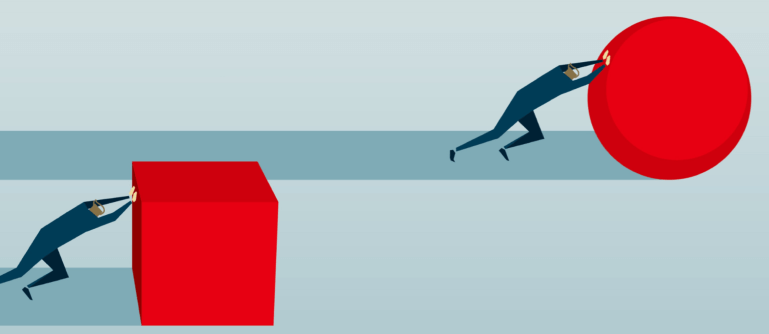
- Read the full article here.
- Created by: Blair Enns.
- Contributed by: Daniel Banik.
Is it possible to innovate while also making things more efficient? Blair Enns doesn’t think so. In this article, Blair unpacks how innovation and efficiency are two opposing forces and that increasing one will always decrease the other. This principle is not immediately noticeable as you go about your day, but in having it pointed out, you will start to notice it everywhere.
2. How to test an information architecture.
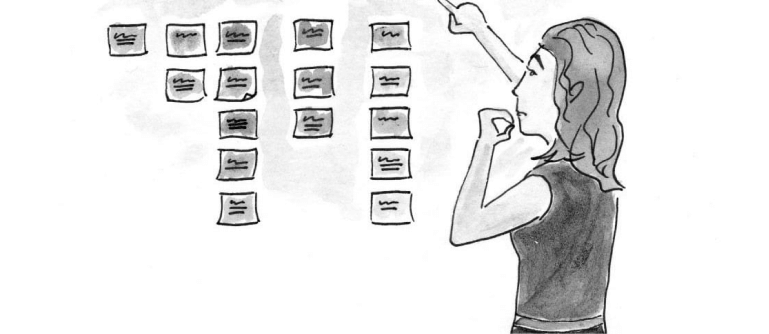
- Read the full article here.
- Created by: Donna Spencer.
- Contributed by: Tim Copland.
Have you ever been on a website trying to find some information and it just doesn’t seem to be where you would expect it? This may be because the information architecture (IA) was not well designed. But how do we create well designed IA? Through testing. Donna Spencer outlines a very quick and effective way of testing IA to get quick results and ensure that visitors to your website don’t get lost. Have a read and see what insights you could gain.
3. What moves you? Understanding motivation is your key to success.

- Read the full article here.
- Created by: Shonna Waters.
- Contributed by: Jeremy Pritchard.
Everything we do (or don’t do) is determined by our motivation, though we don’t often think about our motivation until we find it missing. In some ways it can feel that our lack of motivation for something we want to get done is an oxymoron, because if we wanted to get it done, surely, we should have the motivation. However, by understanding the different types of motivation—and seeing which resonate deeply with us—we might find tools to help us get things done.
4. The hidden history of screen readers.
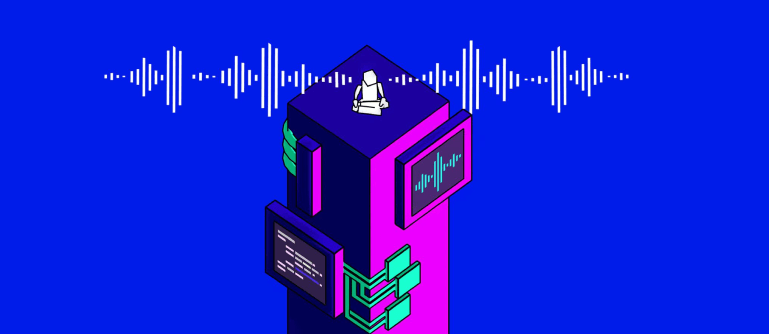
- Read the full article here.
- Created by: Sheon Han.
- Contributed by: Tim Copland.
Come have a read through the inception of screen readers and see the hurdles that were overcome to create technologies that support people with low vision or blindness to navigate the digital world. Hopefully this read will enlighten you to the ways we can make engaging with technology easier for millions of people around the world.
5. The design industry needs to imagine a world where we use less energy.
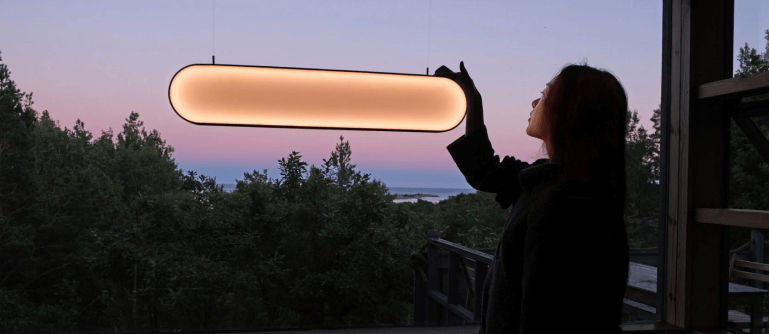
- Read the full article here.
- Created by: Katie Treggiden.
- Contributed by: Emily Mahady.
As the demands of energy increase around the world, designers are exploring solar products to shift focus towards renewable energy sources. But is it enough to just switch from oil to sun? Even with the rapid increase in investment in renewable energy, demand is outpacing the supply. Here, Katie Treggiden explores the concept of using less energy in our lives and cities.
6. The disease of more.
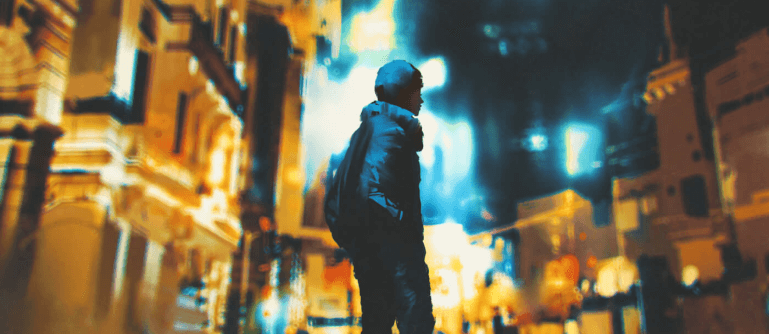
- Read the full article here.
- Created by: Mark Manson.
- Contributed by: Janine Dickins.
What makes you happy? This question drives some people as they push themselves to ever greater heights. But what if this is the wrong question? Mark Manson thinks so. In this article, Mark describes how life is not a journey of improvement, but a game of trade-offs. To be better in one area, you’ll have to let other areas fall by the wayside. Read on to find out why.
7. ‘Protestware’ is on the rise, with programmers self-sabotaging their own code. Should we be worried?

- Read the full article here.
- Created by: Christoph Treude.
- Contributed by: Harley Crispin.
How far would you go to make your opinions known? In this article, Christoph Treude explores the increase of ‘protestware’, which can have worldwide reach as code often crosses national boundaries. What are the ethical implications for this and what could happen if this trend increases?
8. To be more creative, schedule your breaks.
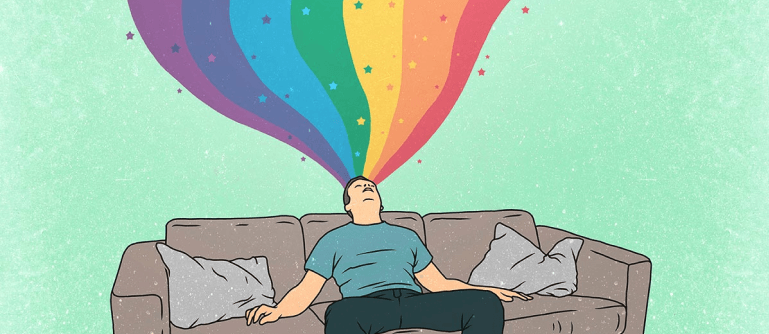
- Read the full article here.
- Created by: : Jackson G. Lu.
- Contributed by: Bridget Noonan.
Have you found yourself hitting a wall in your creative thinking process? It may be because you’re not taking enough breaks. Instead of pushing through, this article recommends regular breaks might be your best friend when overcoming these blocks, even if it feels counter-intuitive to stop when you’re on a roll.
More Articles
Up for some more?
Get your monthly fix of August happenings and our curated Super8 delivered straight to your inbox.
Thanks for signing up.
Stay tuned, the next one isn't far away.
Return to the blog.
